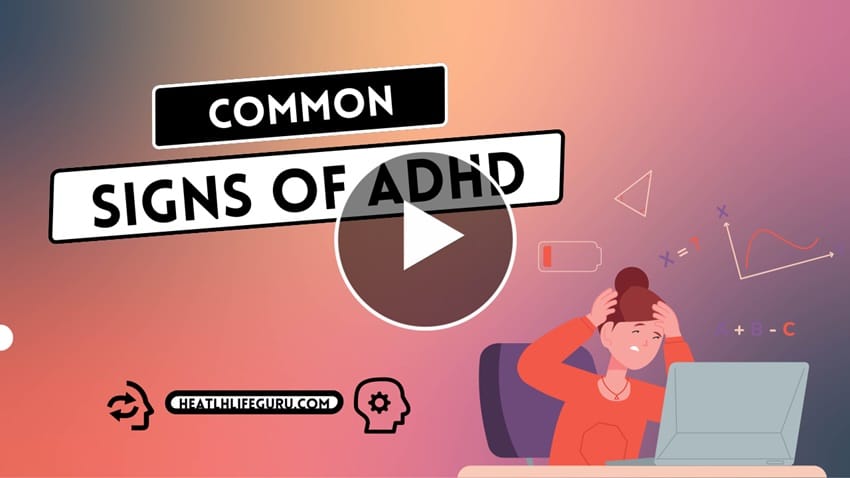There is a captivating mystery in certain corners of the world known as “Blue Zones,” areas where people not only live extraordinarily long lives but also maintain a remarkable quality of health in their senior years. This extraordinary phenomenon has captured the attention of scientists, researchers, and health enthusiasts worldwide, leading to a deeper exploration of these regions. The aim of this journey is to unravel their secrets and translate them into practical habits that can be incorporated into your daily life.
Contents
Defining Blue Zones

Blue Zones, a term coined by explorer and author Dan Buettner, are regions around the world characterized by the exceptional longevity of their inhabitants. They are intriguing pockets of the world where life expectancy surpasses the global average, with a significant proportion of the population living healthily into their 100s. These regions were identified through rigorous demographic research and cross-verified with anthropological studies. They stand as beacons of health and longevity, often displaying a stark contrast to the lifestyle and health issues prevalent in much of the Western world.
The research that led to the identification of these zones involved not only identifying places with a high concentration of centenarians but also understanding the lifestyle, diet, and societal factors that contribute to their longevity. The rigorous criteria for selection ensured that only the regions with a verified high age expectancy, low incidence of chronic diseases, and a substantial number of healthy centenarians were chosen. The result was the recognition of five distinct “Blue Zones.”
Unraveling The Secrets Of Blue Zones

In every Blue Zone, there are certain shared characteristics that seem to contribute to the longevity of their residents. A common thread among them is a diet that is plant-based, high in whole grains, fruits, vegetables, and legumes, and low in processed foods and meats. Physical activity is an integral part of their daily life, not necessarily in the form of strenuous exercise, but in natural movements such as walking, gardening, and manual labor.
Another crucial factor in the health and longevity of Blue Zone inhabitants is their strong sense of community and social engagement. There is a deep focus on family, intergenerational living is common, and elderly people actively participate in community life. They also tend to have strong spiritual or religious beliefs, contributing to a sense of purpose and belonging.
The Five Blue Zones
To better understand the characteristics of Blue Zones, let’s look at five regions around the world where this phenomenon has been observed. The following sections will highlight each of them, showing how they differ from the others.
Sardinia, Italy

The rugged landscape of Sardinia, Italy, is home to one of the world’s most well-known Blue Zones. The diet here is primarily plant-based, consisting of whole grains, legumes, vegetables, and fruits, with meat typically eaten only on special occasions. Sardinians also consume a moderate amount of red wine, which contains heart-healthy antioxidants.
The Sardinian lifestyle is a perfect blend of physical activity and relaxation. Their traditional occupations of shepherding and farming provide a regular, low-intensity physical exercise that naturally integrates into their day-to-day life. This active lifestyle, combined with their close-knit family structures and community life, contributes to Sardinians’ mental well-being and longevity.
Okinawa, Japan
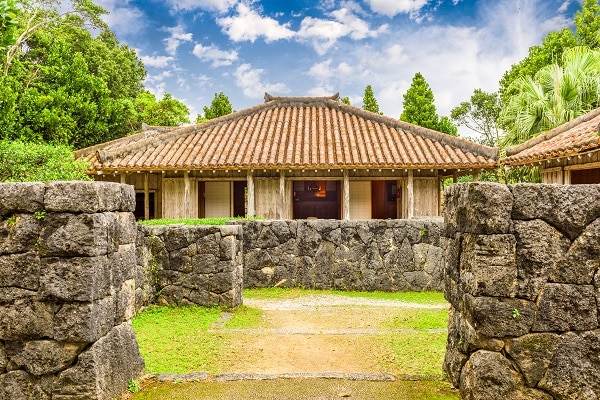
In Okinawa, Japan, another renowned Blue Zone, inhabitants are known for their impressive lifespan and low rates of age-associated diseases. The traditional Okinawan diet is low in calories yet nutrient-dense, largely plant-based, and includes a variety of brightly colored vegetables and fruits.
Social engagement and a strong sense of purpose, or “Ikigai,” as they call it, also play significant roles in Okinawan longevity. Okinawans maintain a robust social network and older adults are deeply respected, staying engaged in community life. This social cohesion and a sense of purpose have been shown to have a protective effect against diseases and contribute to a longer, healthier life.
Loma Linda, California
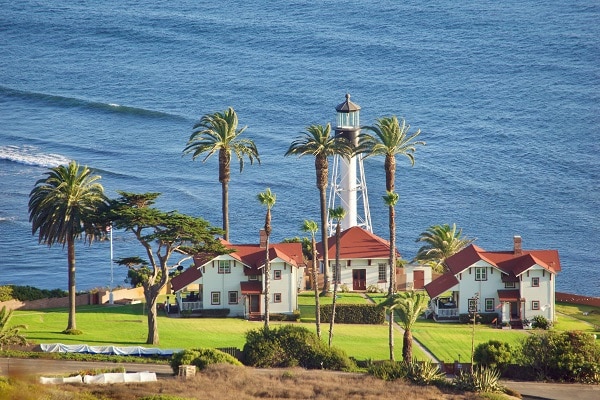
Loma Linda, California, stands out as an unexpected Blue Zone within the United States, a country often associated with a high prevalence of lifestyle-related health issues. The high life expectancy in Loma Linda is primarily associated with the significant population of Seventh-day Adventists residing there. The Adventist health study has provided insights into the habits contributing to their longevity.
Their predominantly vegetarian diet is rich in fruits, vegetables, whole grains, and nuts, reflecting the Church’s health recommendations. Regular physical activity, adequate rest, avoidance of smoking and alcohol, and a strong sense of community underpin their lifestyle. The Adventists focus on a weekly day of rest, known as the Sabbath, which offers a time for reflection, relaxation, and family, promoting overall well-being.
Nicoya Peninsula, Costa Rica
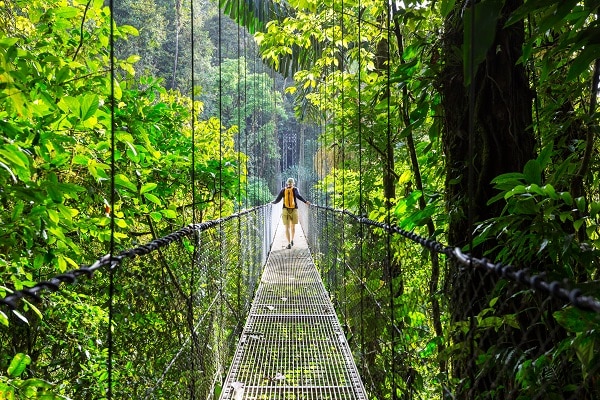
Costa Rica’s Nicoya Peninsula, a tropical paradise, is a vibrant Blue Zone where people live extraordinarily long and healthy lives. The traditional diet here consists of beans, corn, squash, tropical fruits, and light meat consumption, providing a nutrient-rich, balanced diet.
Nicoyans maintain a physically active lifestyle, often working on farms or gardens well into their older years. Additionally, a strong sense of purpose, referred to as “plan de vida,” guides their lives. They cultivate robust social networks, strongly emphasizing family and community ties, enhancing their life quality and length.
Icaria, Greece
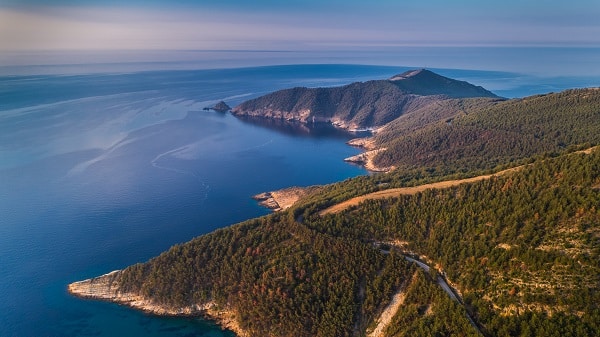
Icaria, a scenic Greek island in the Aegean Sea, boasts one of the highest rates of nonagenarians (people in their 90s) worldwide. The traditional Mediterranean diet followed here, rich in olive oil, vegetables, fruits, whole grains, and fish, is believed to play a vital role in the residents’ longevity.
Physical activity is an integral part of life in Icaria, with residents regularly participating in farming, fishing, and walking. Just as significantly, the strong social connections, regular afternoon naps, and a relaxed pace of life contribute significantly to the mental and physical health of Icarians, making Icaria a unique Blue Zone.
Lessons From Blue Zones
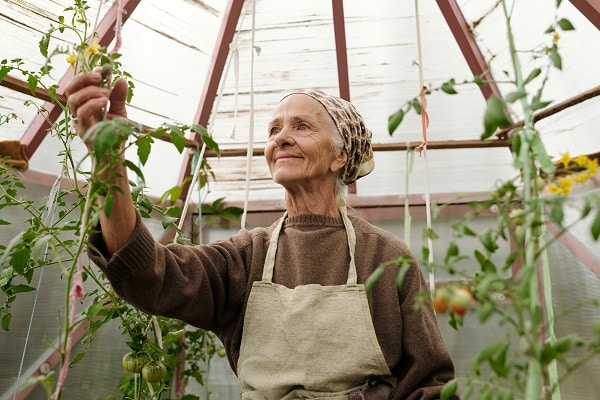
The Blue Zones present you with an array of simple yet powerful lifestyle habits that contribute to longevity and better health. One common thread among them is a predominantly plant-based diet rich in whole foods. Physical activity, integrated naturally into daily life, is another common factor, negating the need for rigorous, dedicated workout sessions.
Additionally, a strong sense of community, a focus on family, and maintaining social connections stand out as vital non-dietary aspects of Blue Zone lifestyles. It is also noteworthy that residents of Blue Zones maintain a strong sense of purpose throughout their lives, often articulated in unique cultural terms, contributing to mental well-being and resilience.
Applying Blue Zone Principles To Your Life
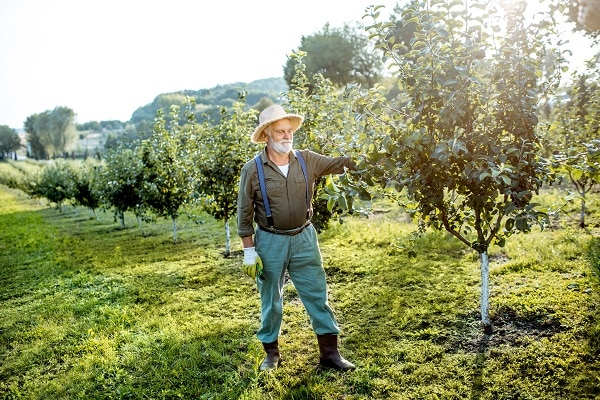
Drawing insights from the Blue Zones, you can infuse some of these principles into your own life. Eating a diet rich in plant-based foods, reducing meat and processed food consumption, and keeping active through natural physical activities can significantly improve our health profile.
Fostering strong social connections, dedicating time for relaxation and leisure, and cultivating a sense of purpose or meaning in life are just as important. It’s not just about living longer but also improving the quality of life as you age and remaining physically active and mentally engaged.
Discover The Secrets Of The Blue Zones!
The secrets of the Blue Zones offer powerful insights into the art of living long and living well. Incorporating these principles into your life can be transformative, leading to better health, increased longevity, and improved quality of life. As you navigate the modern world’s complexities, embracing lessons from the Blue Zones could be a crucial step toward creating healthier communities and societies. The journey towards understanding and implementing these principles is challenging, rewarding, and, undoubtedly, a journey worth embarking upon.
